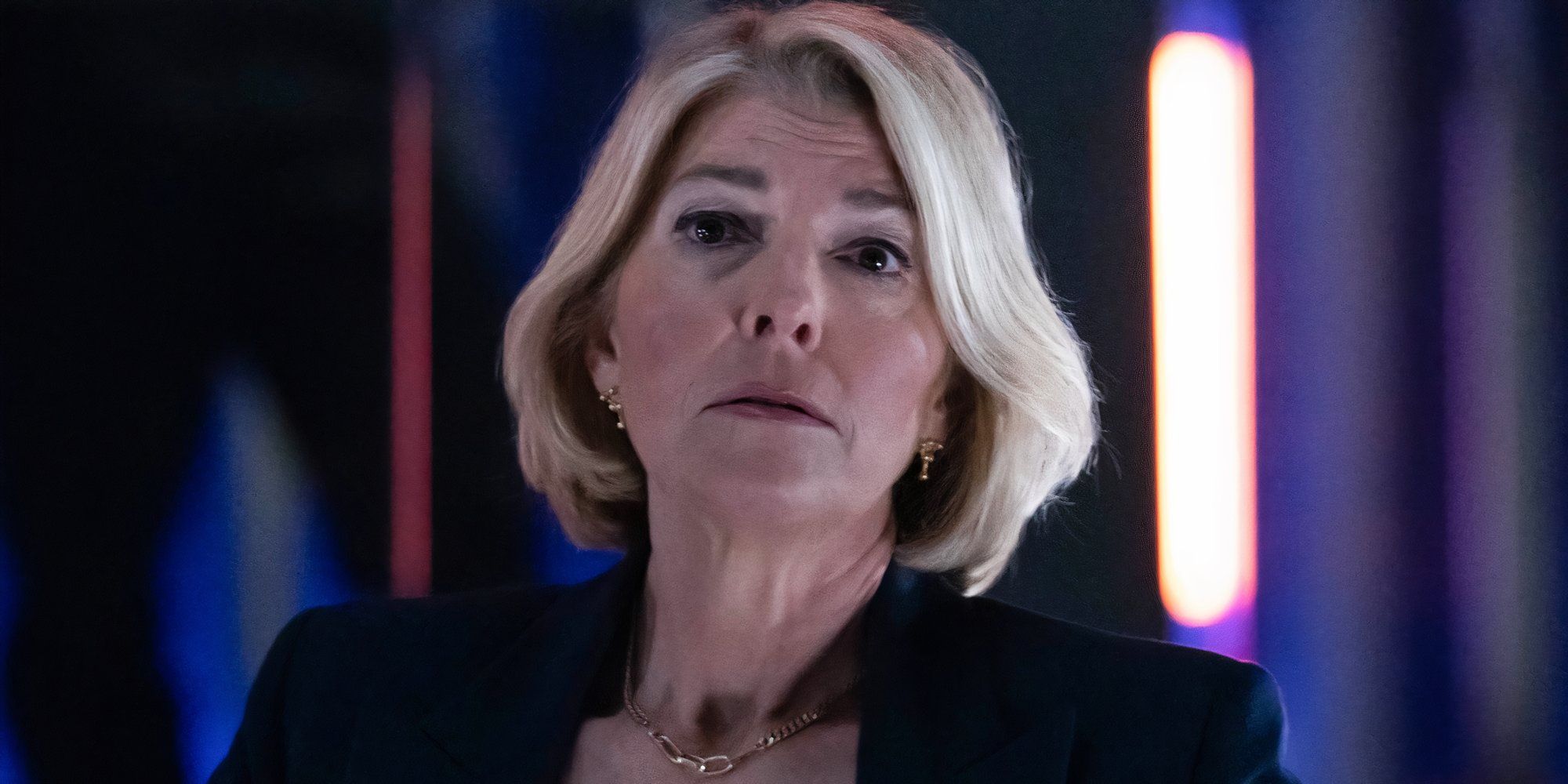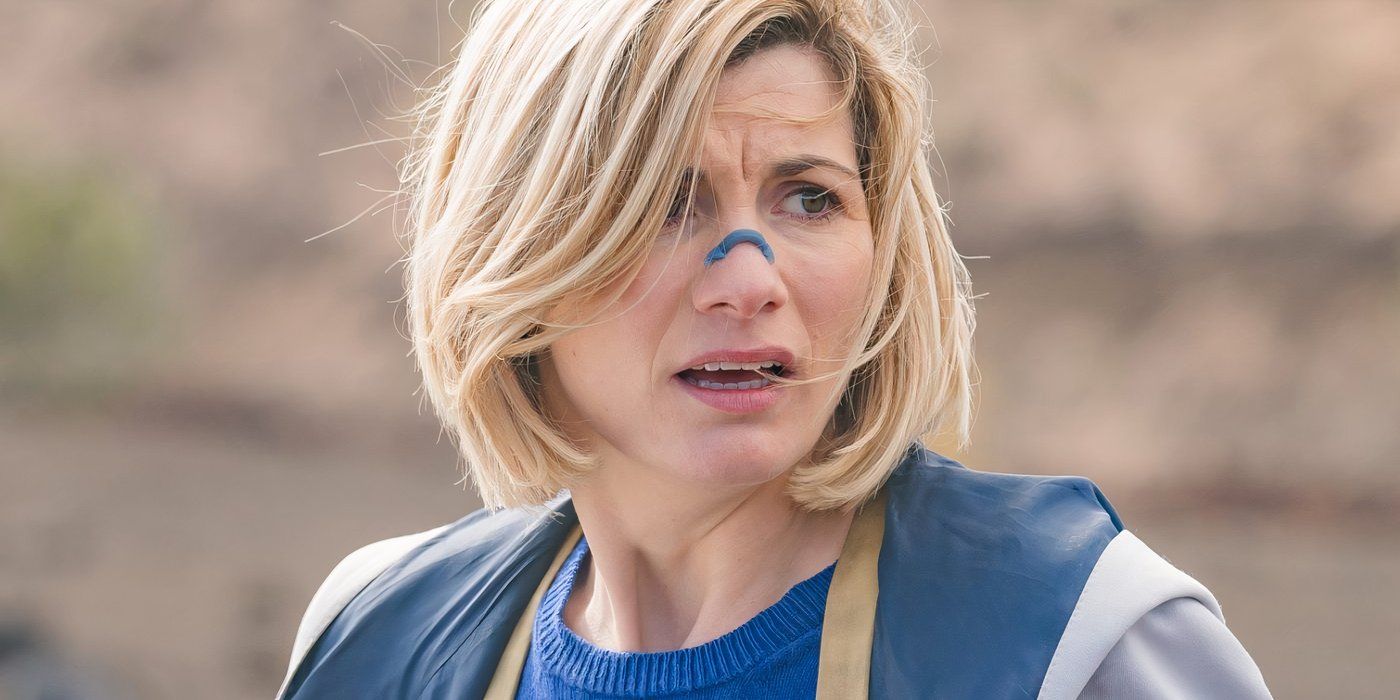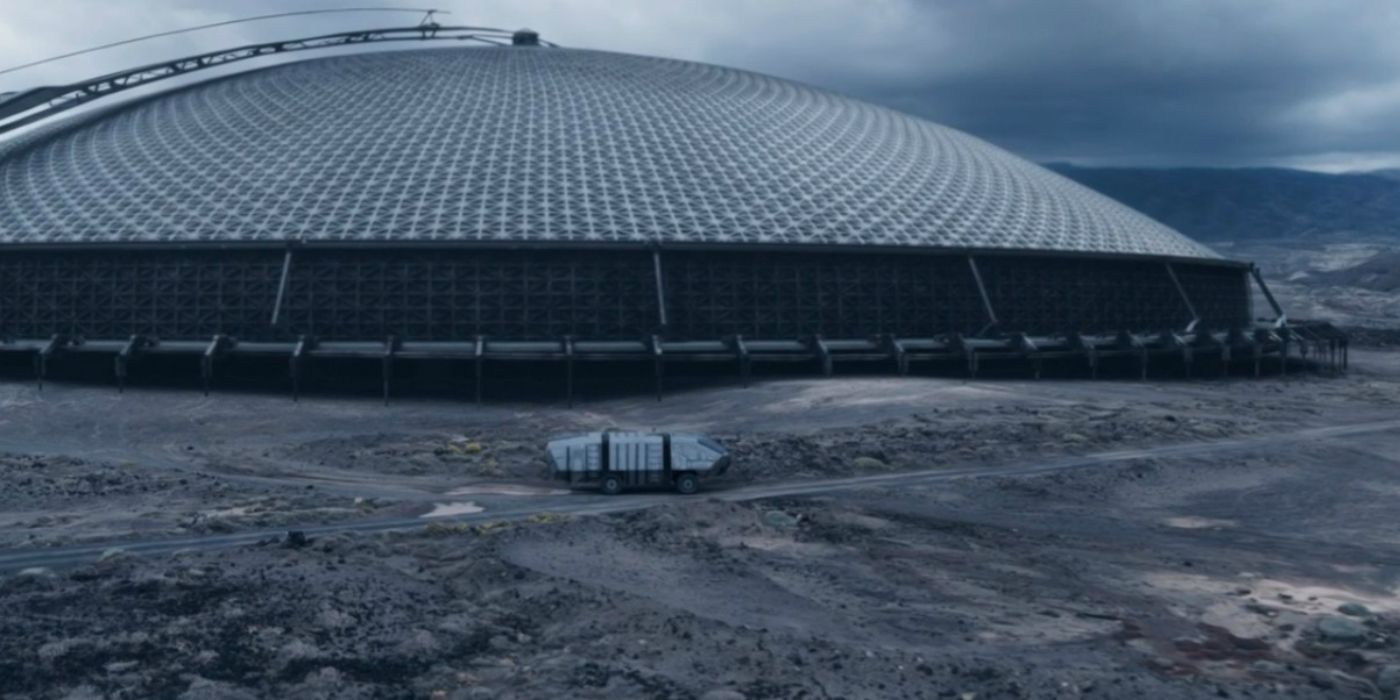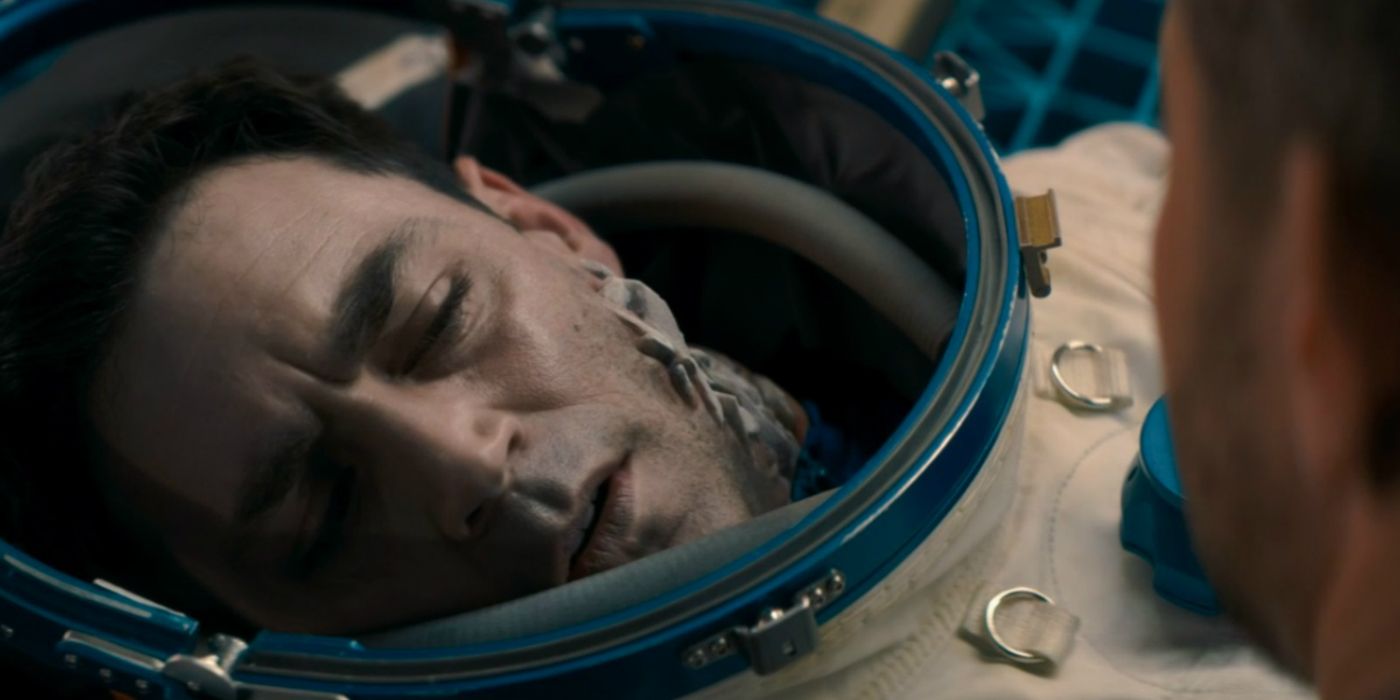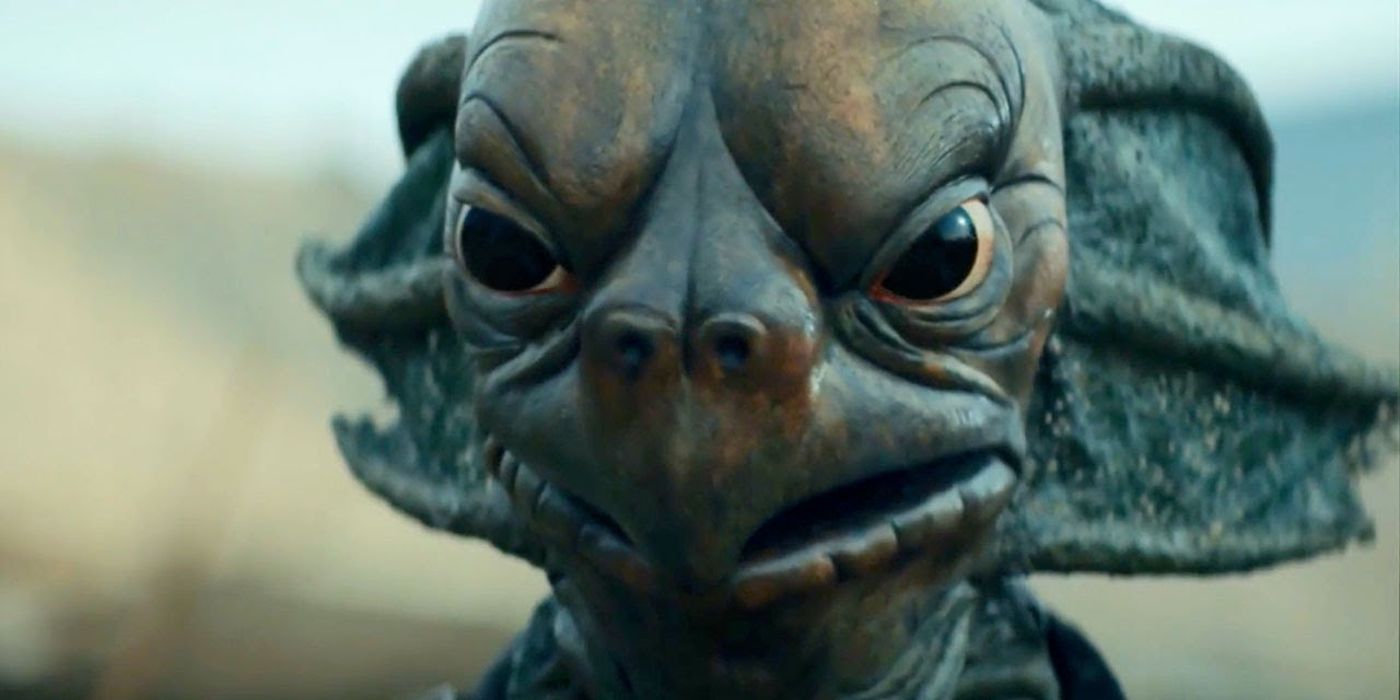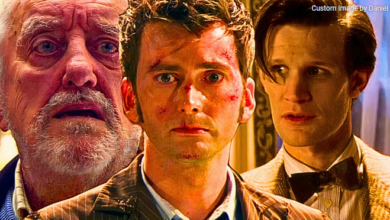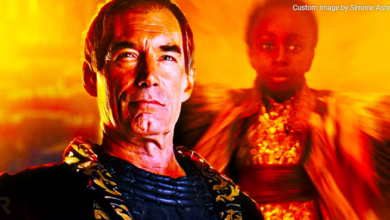Doctor Who’s New Spinoff Is Making Up For 2 Disappointing Jodie Whittaker Episodes
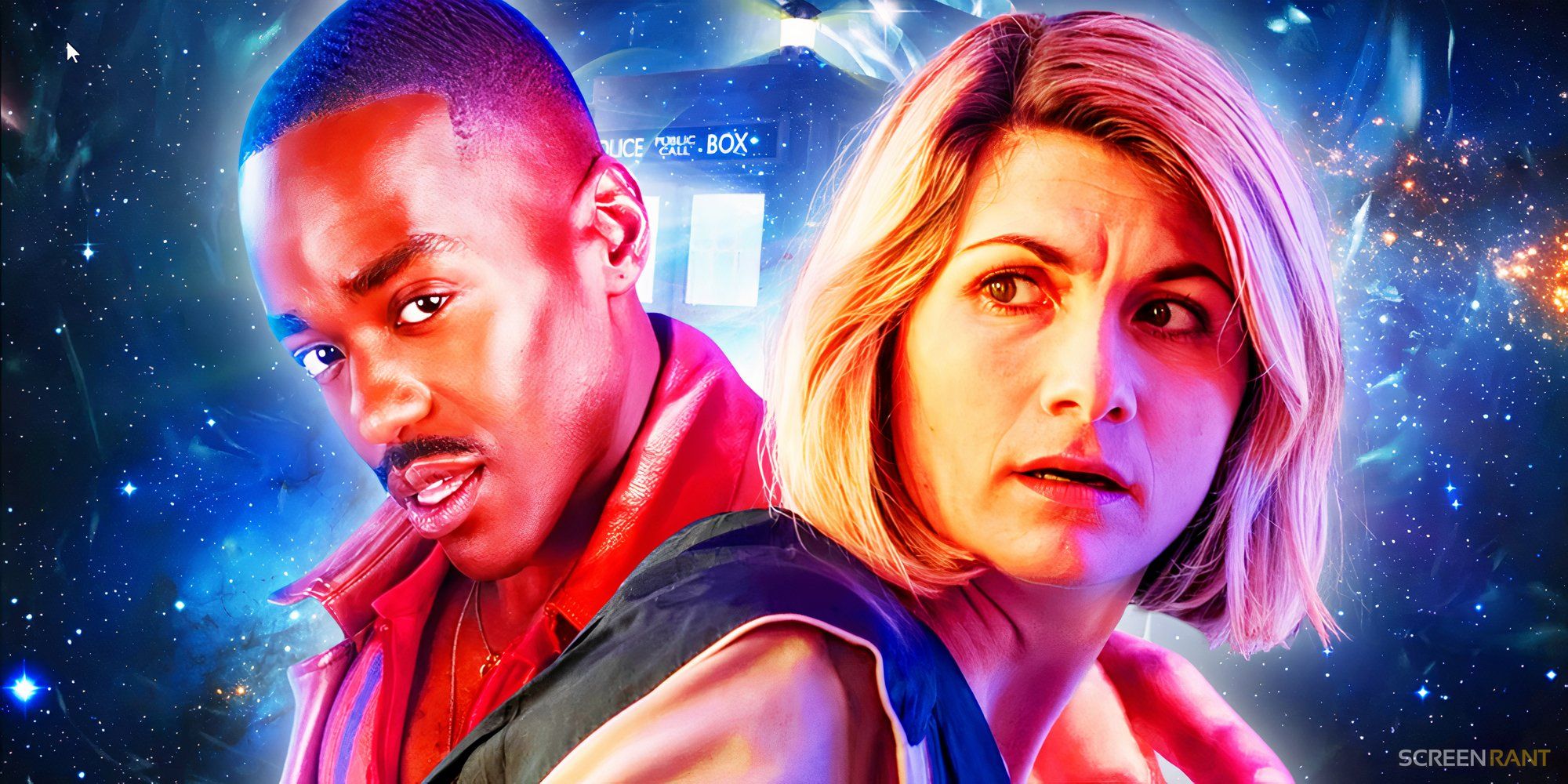
After Jodie Whittaker’s era served up two disappointing efforts in the same vein, Doctor Who‘s upcoming spinoff provides a shot at redemption. With Russell T Davies steering the ship once again, Doctor Who is expanding, and The War Between the Land and the Sea marks the first proper Doctor Who spinoff series since the short-lived Class in 2016. Focusing on UNIT after the organization’s sizable role in Doctor Who season 14’s ending, The War Between the Land and the Sea will pit humanity against the Sea Devils – a race of monsters who first crawled onto shores during the Third Doctor’s era.
Comparisons will inevitably be drawn between The War Between the Land and the Sea and previous Sea Devil adventures, while the spinoff also bears an unavoidable resemblance to past “UNIT vs. reptilian enemy” stories like “Doctor Who & The Silurians” from 1970. The War Between the Land and the Sea perhaps shares more in common, however, with two specific tales from Doctor Who season 12. Neither could ever seriously be counted among Doctor Who‘s best episodes, but the new spinoff appears to be correcting that mistake.
Doctor Who’s Upcoming Spinoff Will Carry A Strong Environmental Message
Get Ready To Feel Guilty About That Plastic Bottle You Didn’t Recycle…
While specific plot details remain under wraps, The War Between the Land and the Sea appears to carry an inherently environmental message. As Russell T Davies (via BBC) describes the plot, “[the Sea Devils] wake up, and they see the state of the oceans… We have wrecked the place, and it is war.” Establishing humanity’s pollution of the oceans as the trigger for war against the Sea Devils immediately casts a veil of ethical ambiguity over The War Between the Land and the Sea. It becomes impossible to fully denounce the Sea Devils as outright villains when humans have spent decades consciously destroying their own planet.
Social awareness is not even remotely new to Doctor Who .
Immediately, then, The War Between the Land and the Sea is instilled with a resounding social message and a painfully stark political undercurrent. Oceanic pollution will not be mere subtext in the background of Doctor Who‘s new spinoff, but a core element of the plot that must be tackled openly and robustly. As much as UNIT will be fending off attacks from Earth’s aquatic sea-dwellers, Kate Stewart must also acknowledge that her species does not hold the moral high ground in this scenario. The notion of displaced Sea Devils forced to find a new home could potentially also open up a whole other political conversation as a parallel to refugees and immigration.
Such commentary has always been baked into Doctor Who‘s DNA. Even in the First Doctor’s era, “Planet of Giants” struck upon environmental issues of the day, and barely a season has passed since without at least one villain defiling nature for the sake of greed. Social awareness is not even remotely new to Doctor Who, and The War Between the Land and the Sea proudly upholds that tradition.
Jodie Whittaker’s Doctor Who Era Had 2 Disappointing Environmental Episodes In The Same Season
“Orphan 55” & “Praxeus” Meant Well, But Underwhelmed
Two of Doctor Who‘s most recent and relevant environmental episodes both aired during season 12, Jodie Whittaker’s second run as the Thirteenth Doctor. “Orphan 55” came first, revealing a potential future in which Earth destroyed itself via climate change, then “Praxeus” followed three episodes later to examine ocean pollution more specifically. Both episodes carried worthy moral messages, but both also made the fatal mistake of not wrapping those messages within strong, compelling narratives.
These failings severely dampened the environmental message the episode was attempting to convey.
Strip the twist that Orphan 55 is Earth out of “Orphan 55,” and what remains is a relatively run-of-the-mill caper where monsters chase the Doctor around an alien base for an hour. Not helped whatsoever by the predictability of said twist, the impact of the all-important environmental warning behind Doctor Who‘s “Orphan 55” episode was dulled by the unoriginal narrative and lack of ideas.
“Praxeus” fell victim to virtually the same trap. Despite offering notably more in the way of innovation and memorable characters, “Praxeus” failed to stand out from the many other Doctor Who episodes involving a deadly virus, and was swiftly forgotten. As with “Orphan 55,” these failings severely dampened the environmental message the episode was attempting to convey.
Why The War Between The Land & The Sea Can Fix Doctor Who’s Whittaker-Era Mistake
The War Between The Land & The Sea Is Positioned To Become One Of Doctor Who’s Best Political Stories
The big advantage The War Between the Land and the Sea has over Doctor Who season 12’s “Orphan 55” and “Praxeus” episodes is how the latter rely upon their environmental messages to be interesting, whereas the upcoming spinoff uses an interesting premise to elevate the environmental message. The promise of war between Doctor Who‘s UNIT organization and the Sea Devils, the presence of familiar characters such as Kate Stewart, the absence of the Doctor themselves, a classic Doctor Who villain returning – even before one considers the environmental element, The War Between the Land and the Sea sounds like a compelling watch.
The spinoff’s premise would still sound inviting even if the Sea Devils’ invasion was sparked by a lack of underwater tickets to Taylor Swift’s Eras tour.
The real-life social parallels built into the Sea Devils’ motivation to attack humanity is a complementary element to a plot already brimming with intrigue and ideas. The more memorable, emotive, and hard-hitting the spinoff can be without relying on its moral leanings, the more those moral leanings will be amplified and remembered by audiences long after the end credits, and many classic Doctor Who episodes from the past 60 years stand as proof that such a formula can enjoy great success.
“Inferno” from the Third Doctor’s era is an outstanding parallel universe tale, tinged with a clever political slant that makes it one of Jon Pertwee’s very best outings. Tom Baker’s “Genesis of the Daleks,” meanwhile, would be one of the all-time great Doctor Who episodes even without its strong anti-war message. Even in the current era, Doctor Who season 14’s “73 Yards” is a near-perfect, creepy folk tale that simultaneously serves as a critique of right-wing political rhetoric through the character of Roger ap Gwilliam.
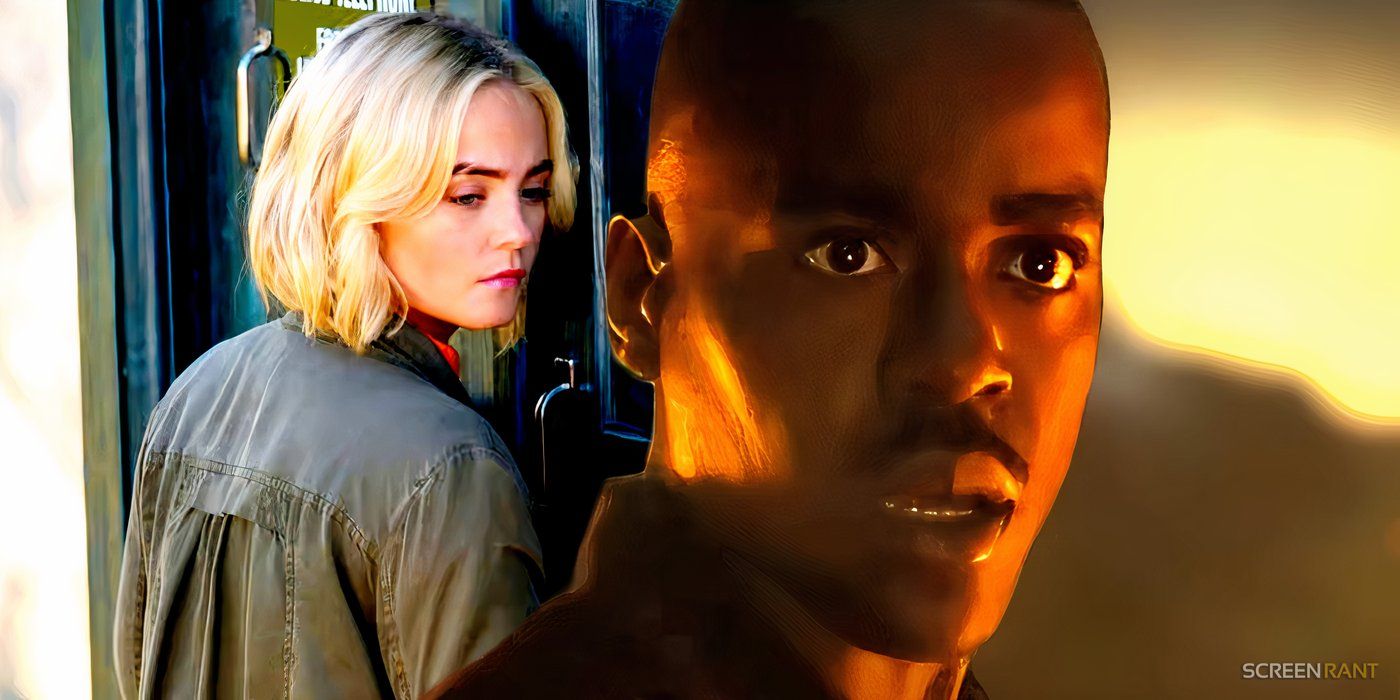
Related
Ruby Sunday’s “73 Yards” Story Makes No Sense After Doctor Who’s Time Skip
One part of Ruby’s story in Doctor Who’s “73 Yards” makes no sense after season 14 previously confirmed a significant time skip between episodes.
These episodes all understood the need to craft a strong, standalone story to act as a conduit for the social commentary, and this was the trick that “Orphan 55” and “Praxeus” both missed. In a promising sign for Doctor Who‘s new spinoff, The War Between the Land and the Sea has taken the former approach. The spinoff’s premise would still sound inviting even if the Sea Devils’ invasion was sparked by a lack of underwater tickets to Taylor Swift’s Eras tour. The fact they’re invading because humans ruined the ocean just adds a complementary layer of depth, spice, and reality to enhance the entire package.
